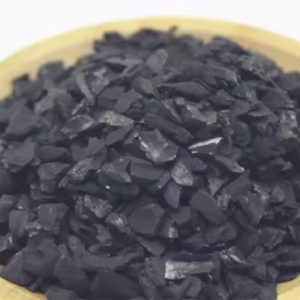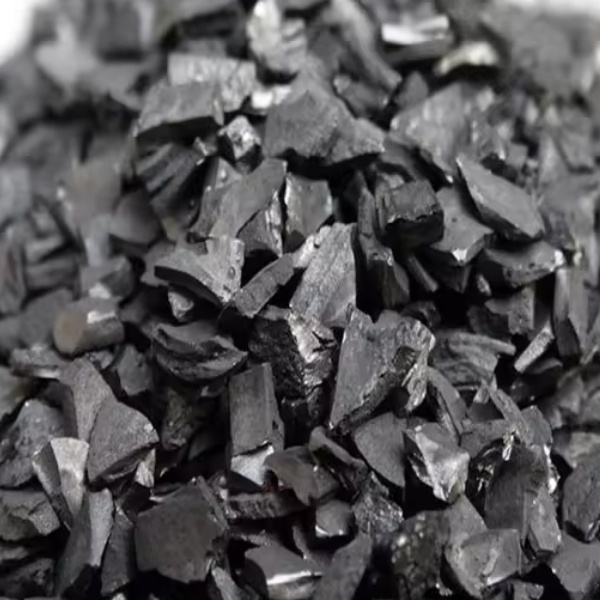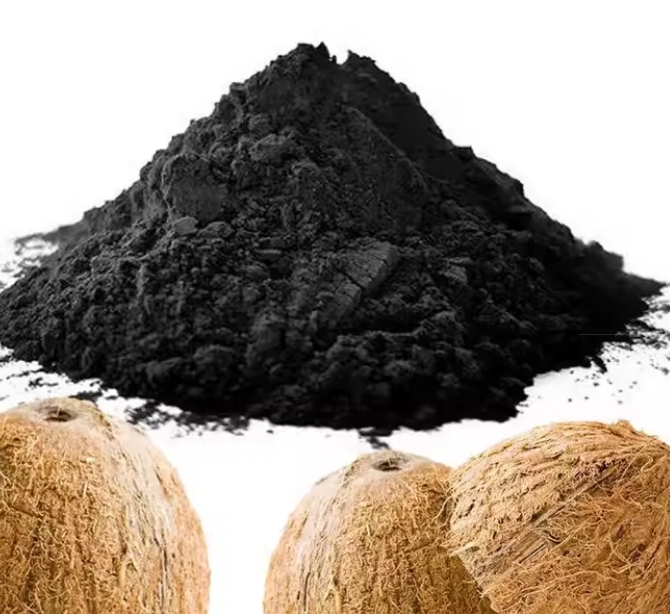Activated carbon is an important adsorbent widely used in waste gas, wastewater treatment and industrial production. Its excellent adsorption capacity comes from its porous structure and high specific surface area.

- Physical properties of activated carbon
Specific surface area:
The adsorption capacity of activated carbon is directly related to its specific surface area. Specific surface area refers to the surface area per unit mass of activated carbon, which usually ranges from 500 to 1700 m²/g. The larger the specific surface area, the more adsorption sites the activated carbon can provide, and therefore the more pollutants it can adsorb. However, it should be noted that a large specific surface area does not always mean a better adsorption effect, because the molecular size and pore size of the adsorbent must also match.
Pore size distribution:
The pore size of activated carbon is mainly divided into three categories:
Micropores: radius less than 2 nanometers;
Mesopores: 2-50 nanometers;
Macropores: larger than 50 nanometers;
Micropores are suitable for adsorbing small molecules, such as gases or low molecular weight organic matter; mesopores mainly adsorb larger organic molecules; and macropores are more suitable for adsorbing large particles or colloidal substances. In specific applications, activated carbon with appropriate pore size distribution should be selected according to the molecular size of the pollutant.
Particle size and shape:
The particle size and shape of activated carbon also affect the adsorption performance. Generally speaking, the smaller the particle size of activated carbon, the larger its specific surface area, so the adsorption effect is better. However, too small a particle size may increase the resistance of the system, thereby affecting the efficiency of the process. Common activated carbon shapes include powder, granular and columnar. Among them, the powder has the highest adsorption efficiency, and the columnar has a higher mechanical strength, which is suitable for use in fields that require high mechanical strength, such as waste gas treatment.
- Chemical properties of activated carbon
Surface chemical properties:
Activated carbon can adsorb pollutants not only through physical adsorption, but also through surface chemical reactions. Its surface usually contains oxygen-containing functional groups such as hydroxyl and carboxyl, which can enhance the adsorption capacity of polar molecules. For polar pollutants, the chemical structure and polarity of the activated carbon surface determine the adsorption effect. Therefore, when dealing with highly polar substances, such as certain organic pollutants, activated carbon with suitable surface chemical properties must be selected.
Effect of pH value:
The pH value of the solution affects the adsorption capacity of activated carbon. In acidic solutions (pH 3-5), activated carbon has a better adsorption effect, while in alkaline solutions, the adsorption capacity decreases due to the occurrence of desorption. Therefore, activated carbon performs well when treating acidic wastewater or waste gas containing acidic pollutants, but needs to be adjusted accordingly when treating alkaline wastewater.
Ash and impurity content:
The ash and impurity content in the activated carbon will also affect the adsorption performance. Activated carbon with high ash content usually has poor adsorption performance because the ash will occupy some active sites, thereby reducing the effective adsorption surface area. Therefore, it is very important to choose activated carbon with low ash content, especially in scenarios where efficient adsorption is required.
- Effect of external conditions on the adsorption performance of activated carbon
Temperature:
Temperature has a significant impact on the adsorption performance of activated carbon. Generally speaking, low temperature is conducive to the adsorption process, because adsorption is an exothermic reaction. The lower the temperature, the more the adsorption equilibrium moves toward the adsorption direction. However, the operating temperature of activated carbon is usually not suitable to be too low. In industrial applications, operating at a suitable temperature can help improve adsorption efficiency. The critical adsorption temperature is 45~50°C. Below this temperature, the adsorption efficiency is low.
Pressure:
Pressure is also an important factor in the gas adsorption process. As the gas pressure increases, the adsorption capacity will also increase. This is because the increased intermolecular forces allow more gas to be captured in the pores of the activated carbon. However, during the treatment process, the pressure cannot be increased blindly to avoid excessive system load, which may cause equipment damage or unstable operation.
Solution concentration:
In liquid phase adsorption, the higher the initial concentration of pollutants in the solution, the faster the adsorption rate is usually, because pollutant molecules are more likely to contact the activated carbon surface at high concentrations. However, when the concentration of pollutants in the solution approaches saturation, the adsorption capacity of activated carbon will gradually weaken. Therefore, in actual operation, it is necessary to reasonably control the concentration to ensure that the activated carbon is always in an efficient adsorption state.
Stirring and contact time:
The adsorption rate of activated carbon is also related to stirring and contact time. Generally, proper stirring can accelerate the contact between pollutants and activated carbon and improve the adsorption efficiency. If the contact time is too short, the adsorption is insufficient, and if the contact time is too long, re-adsorption may occur. Therefore, in actual operation, it is necessary to find a suitable time window to ensure the efficiency and stability of the adsorption process.
4.Application fields and selection of activated carbon
Activated carbon is widely used in many fields, such as water treatment, waste gas treatment, air purification, solvent recovery and food and pharmaceutical industries. Different applications have different requirements for activated carbon, so when selecting activated carbon, it must be selected according to specific needs, combined with the physical and chemical properties of activated carbon and the conditions of use.
Water treatment:
Activated carbon in water treatment is mainly used to remove organic matter, heavy metal ions, pigments, etc. from water. Granular activated carbon or columnar activated carbon is usually used, which requires a large specific surface area and a reasonable pore size distribution, and can efficiently remove impurities from water.
Waste gas treatment:
In the field of waste gas treatment, activated carbon is mainly used to adsorb harmful gases such as VOCs (volatile organic compounds), sulfides, etc. Waste gas treatment requires activated carbon to have high mechanical strength and a long service life, and honeycomb activated carbon or columnar activated carbon is usually used.
Food and medicine:
The application of activated carbon in food and medicine is mainly for decolorization and removal of impurities. In such applications, it is particularly important to select activated carbon with excellent decolorization performance and less ash impurities.
There are many factors that affect the adsorption performance of activated carbon, including its own physical and chemical properties, external conditions, and usage methods. In practical applications, only by fully considering these factors can the adsorption effect of activated carbon be maximized, thereby achieving efficient pollutant removal.



